Lemon Tang
-
The Lemon Tang has a yellow oval body that is as high as 10-inches in size.
A 180-gallon or larger aquarium is required to ensure ample swimming space for Lemon Tang. It can be aggressive to other Tangs, Surgeonfish, and fish with similar body shapes and colors.
While Tangs are known to eat meaty food as do divers in their aquarium, it's essential that they get lots of seaweed-derived from marine sources and algae. This can strengthen the immune system and lessen aggression, and boost their overall health. Provide dried seaweed that is tied to a stone or the veggie clip and feed at least three times a week. Sea Veggies, Seaweed Salad, and Ocean Nutrition are all ideal products that are simple to make use of.
Approximate Size of Purchase:
Small: 1-1/2" to 2"
Small/Medium: 2" to 2-1/2"
Medium: 2-1/2" to 3"
Medium/Large: 3" to 3-1/2"
Large: 3-1/2" to 4"
- Description
- Additional Information
- Reviews
Lemon Tang Information
Tangs are generally known as surgeon fish because they have an elongated spine that appears like an "scalpel" on the bottom of the caudal (tail) fin. It is designed to protect them so be cautious when handling. Adults prefer to be by themselves in wild environments, and they shouldn't be kept in a tank with fish who appear similarto other Tangs. But, they must be quite with most of their tankmates. Lemon Tangs can be found in seaward reefs, lagoons and silty coral reefs in the Indo Pacific. They are most often found on base of reefs and ledges with a depth of up to 60m and therefore, providing lots of places to hide is vital. They are bright yellow in colour across their body and are often mistaken for their cousins, the Mimic Lemon Peel Tang. They can grow up to 10" in height and require plenty of space for swimming and areas to hide. Adults of this tang require approximately 150 gallons. However you could make do with smaller aquariums if they are still young.

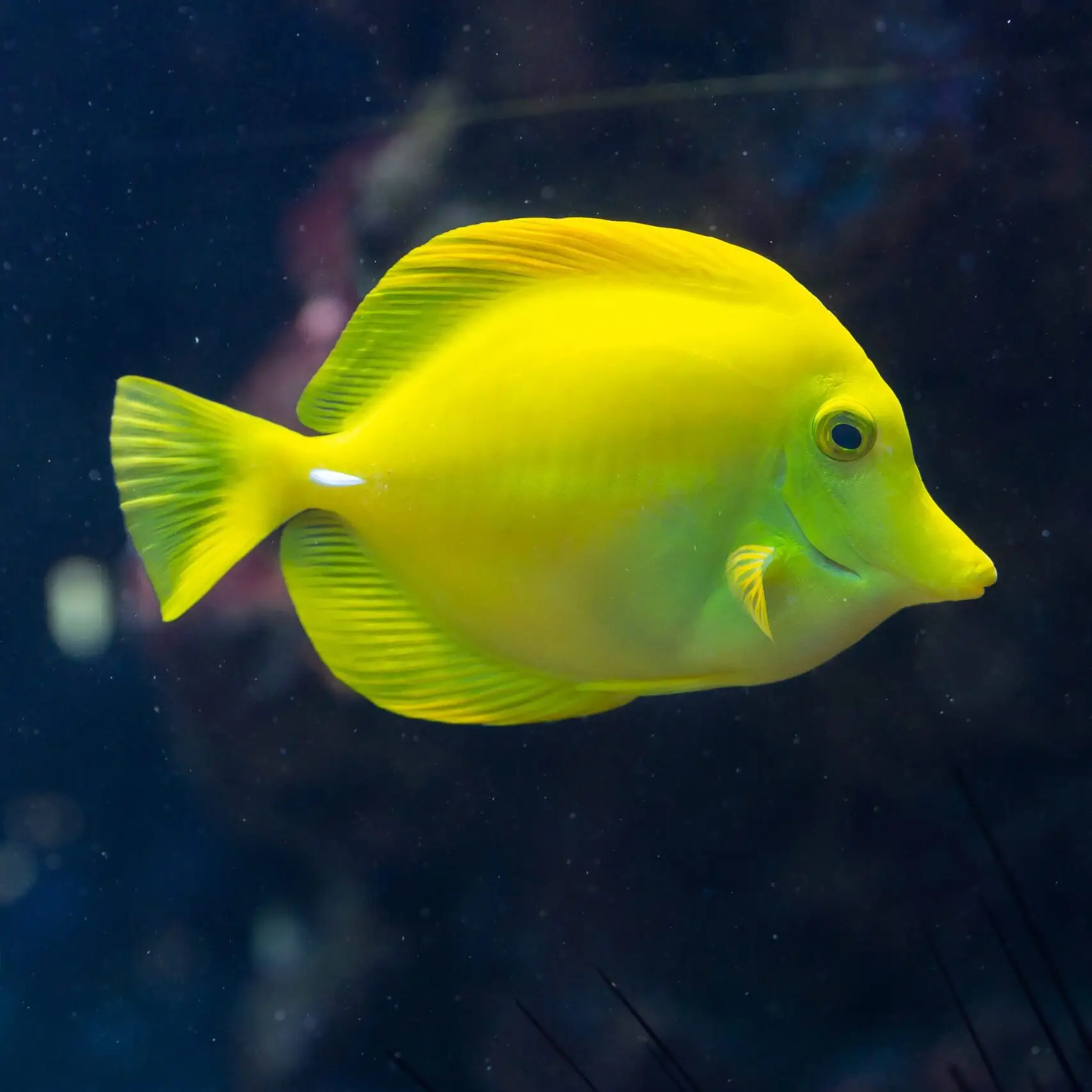
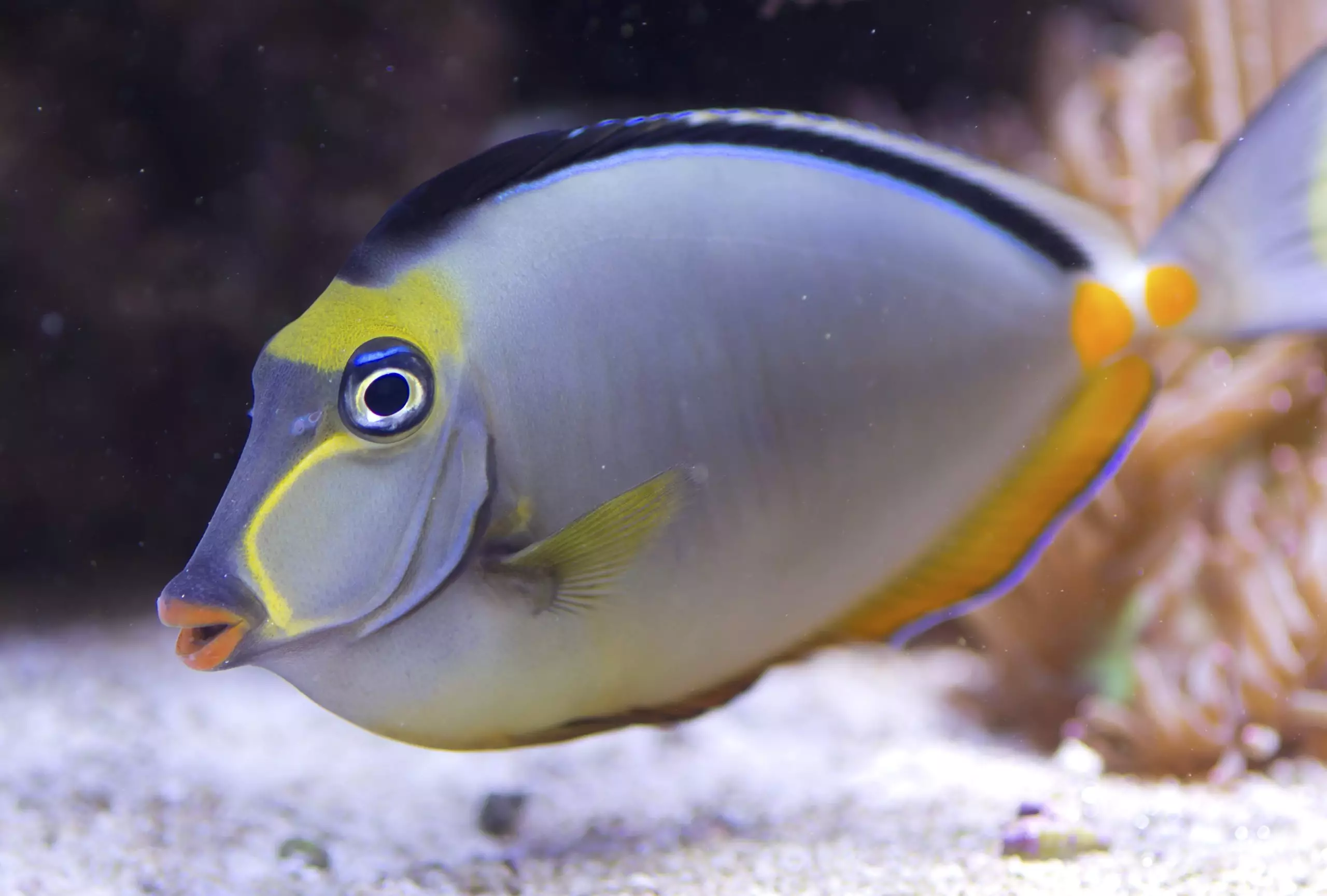
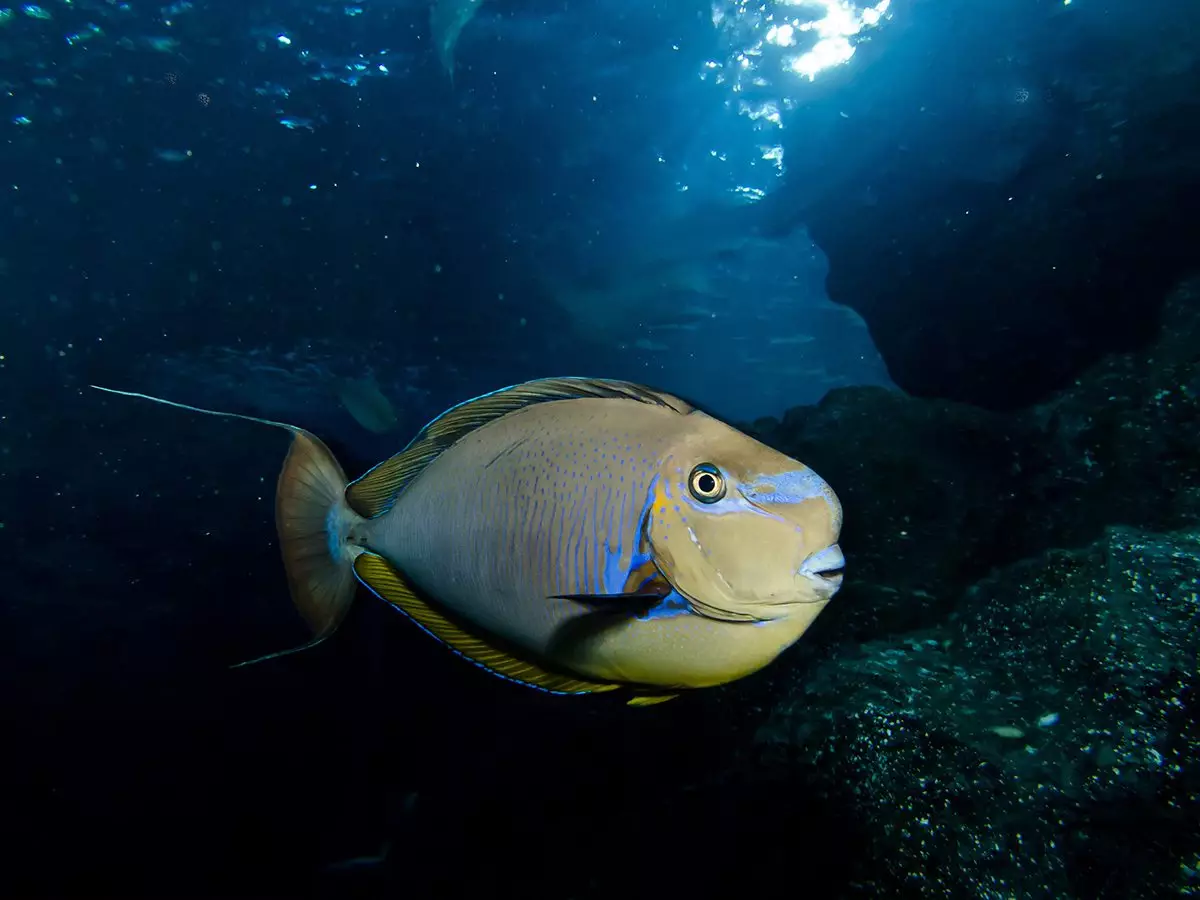
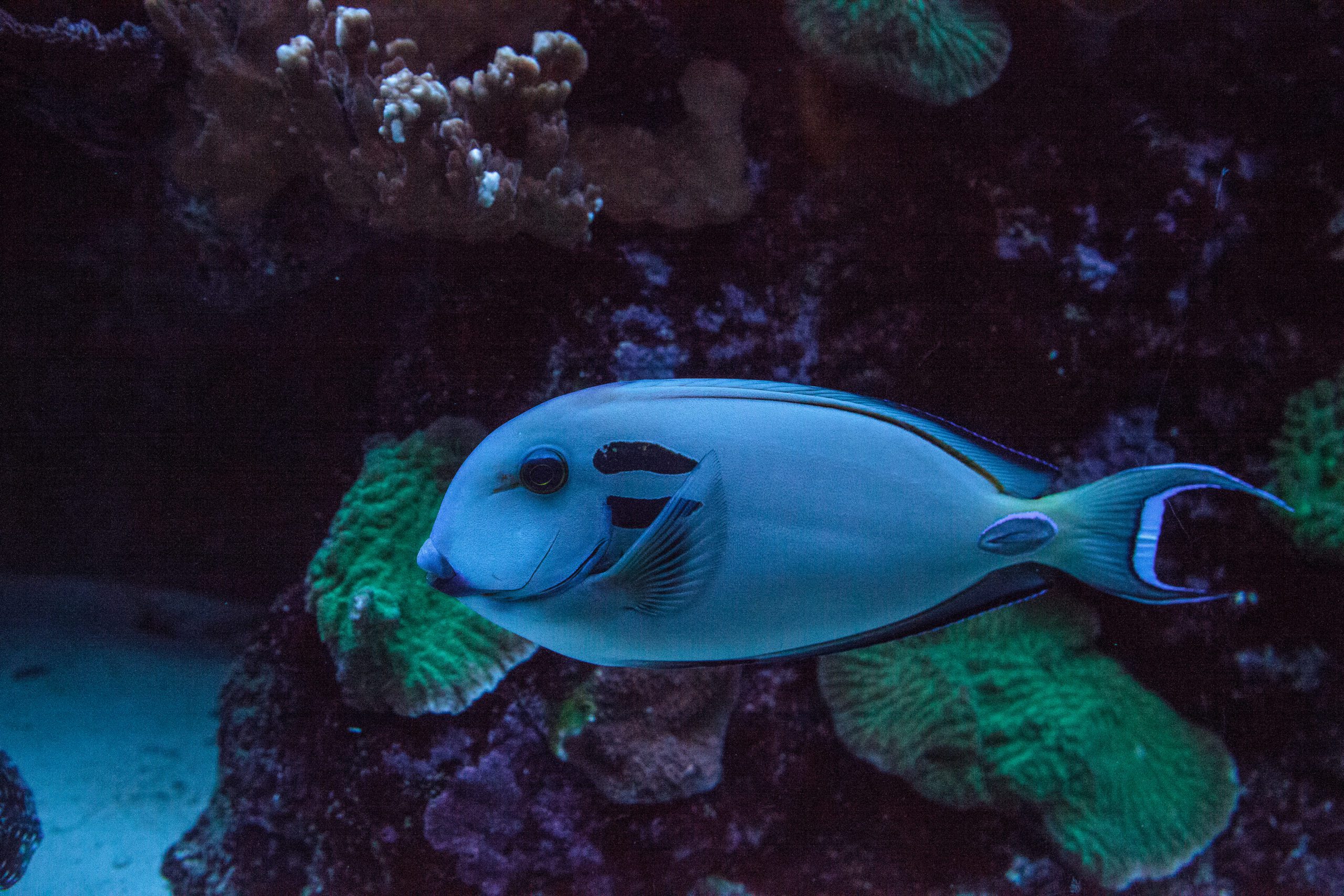
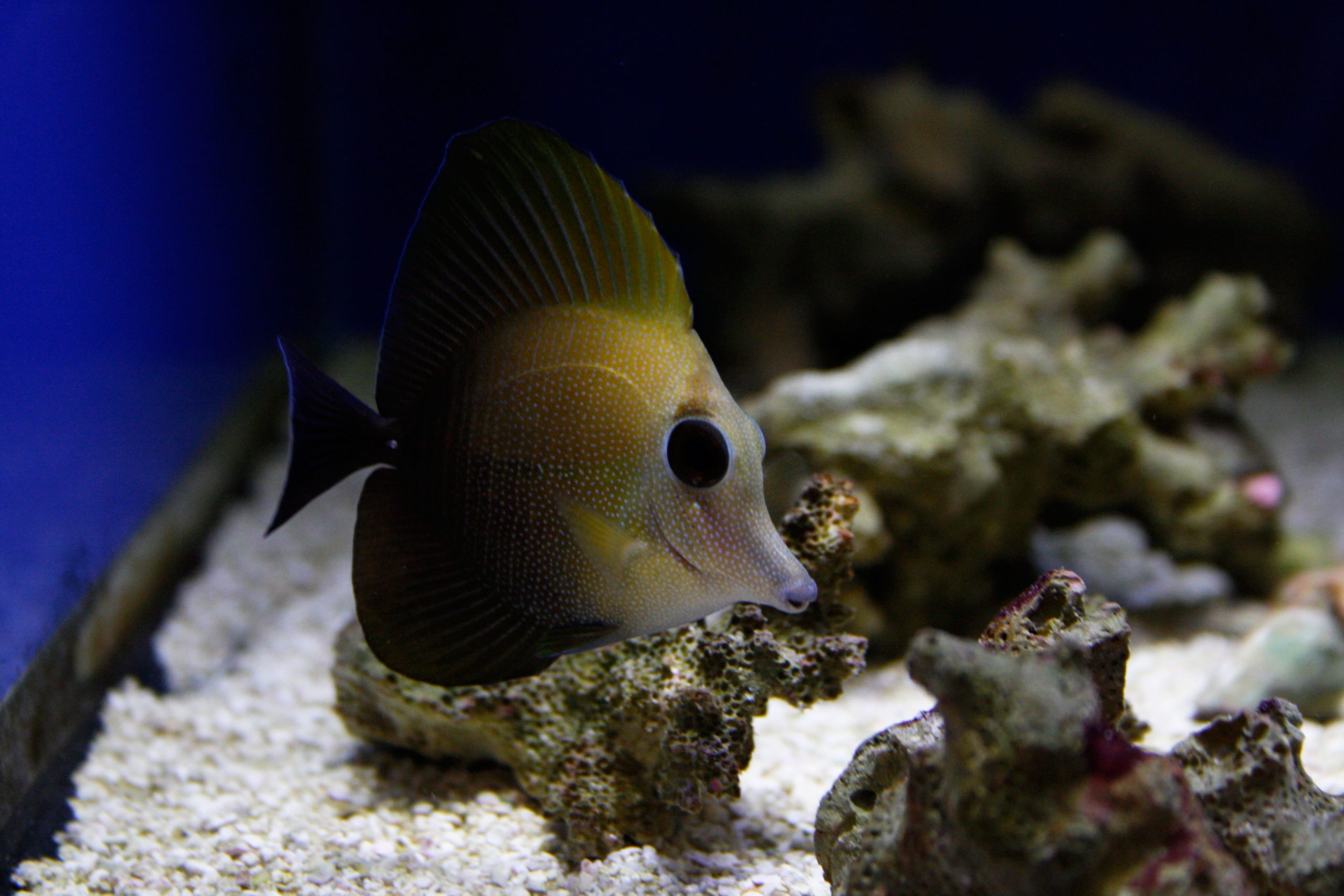
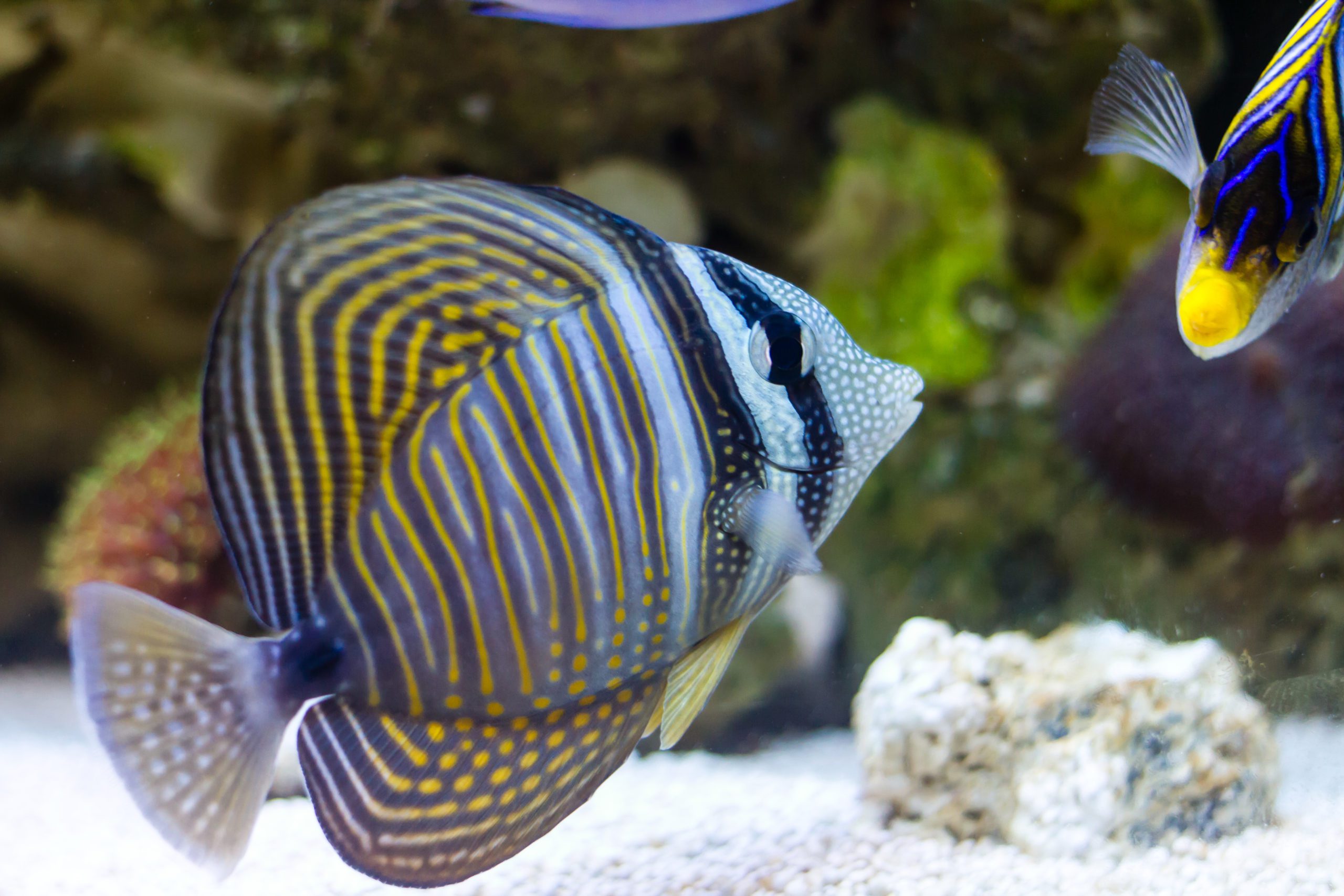
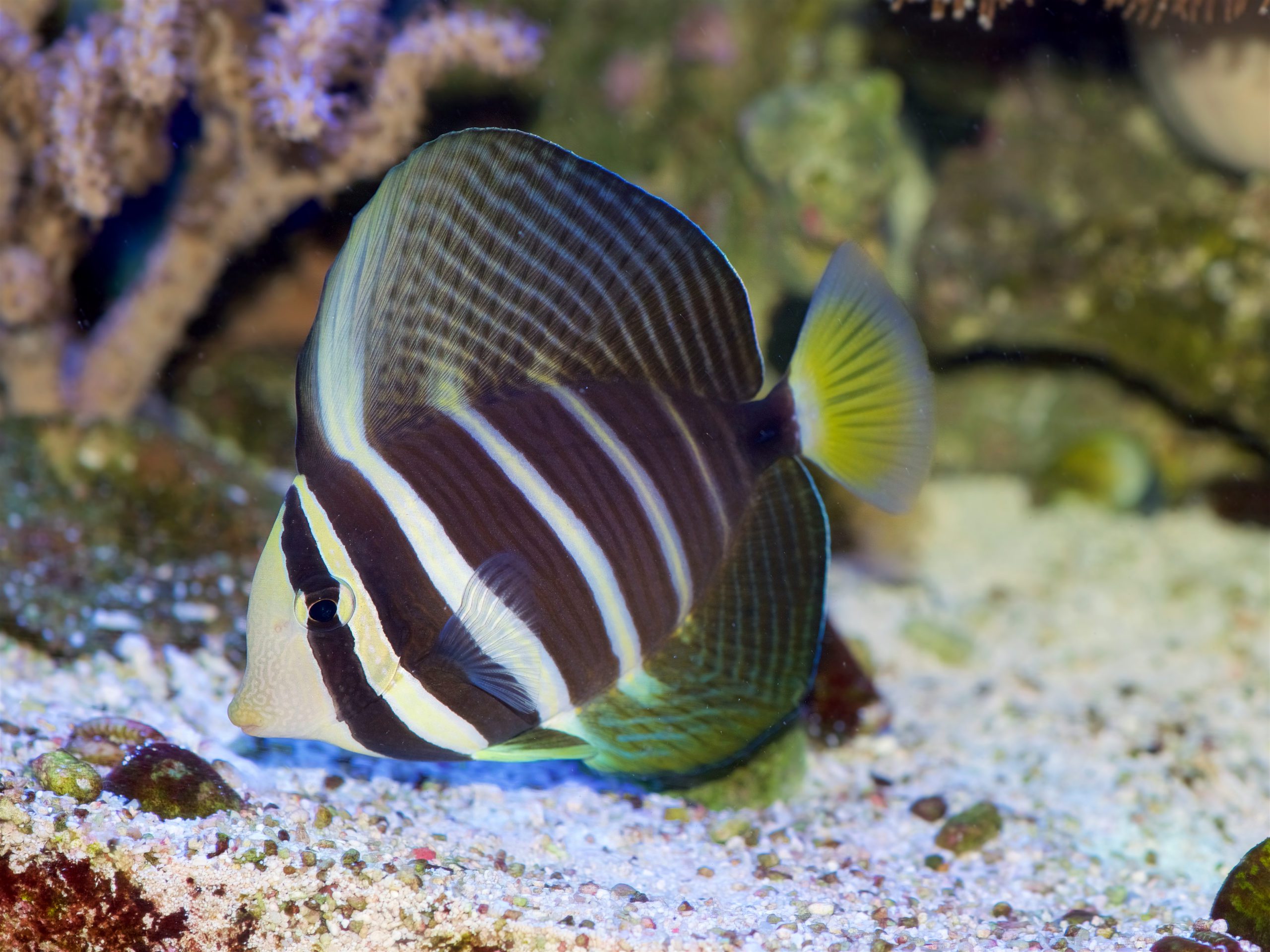
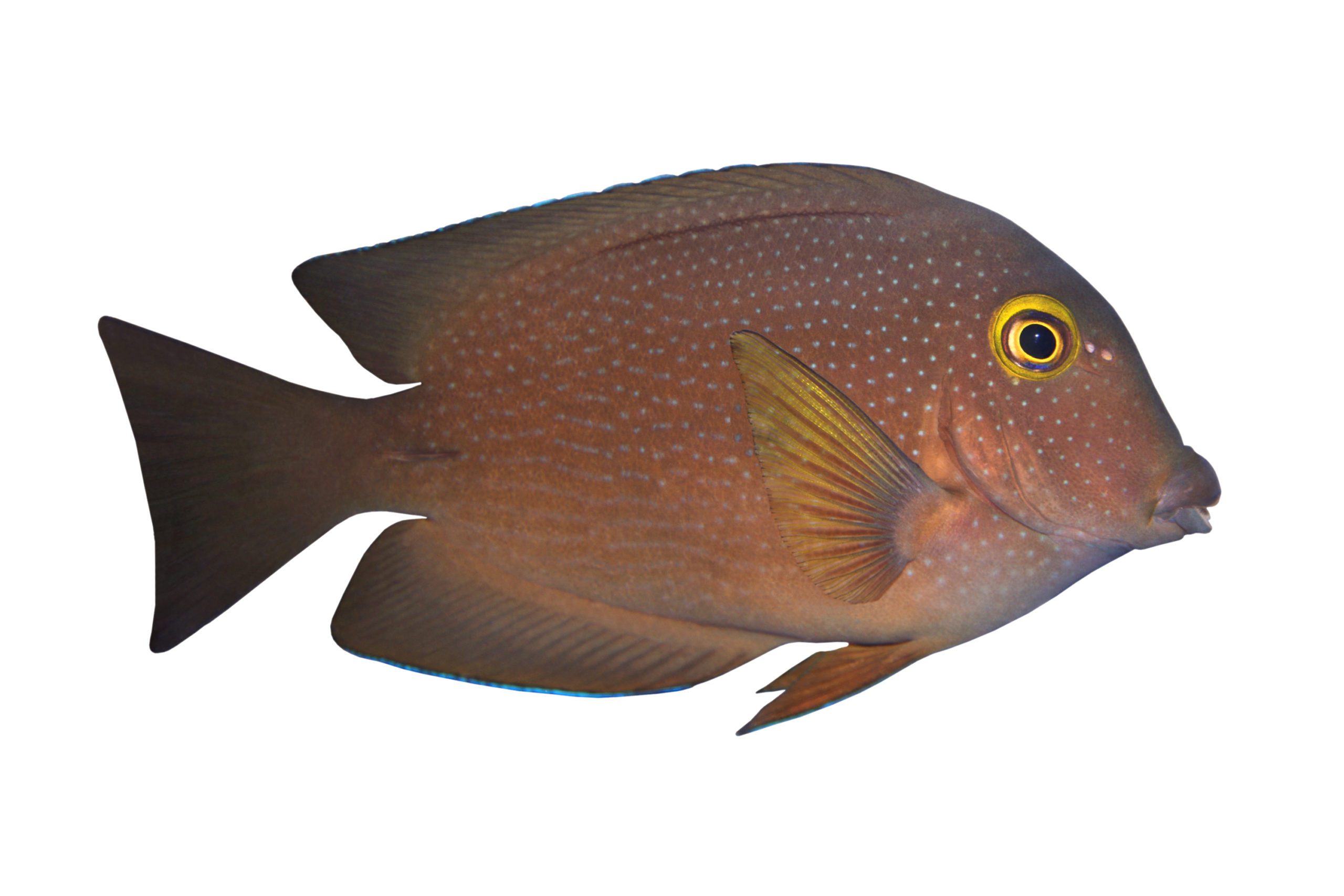


Reviews
There are no reviews yet.